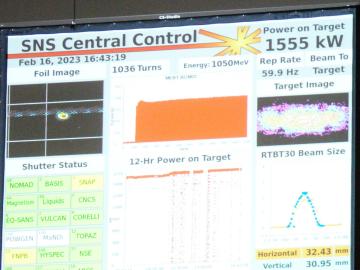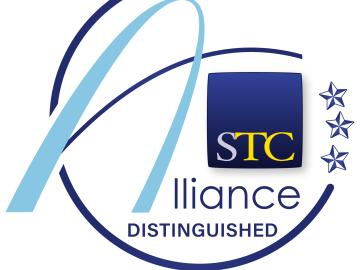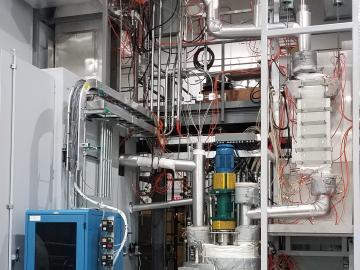Filter News
Area of Research
- (-) Fusion and Fission (19)
- (-) Neutron Science (32)
- Advanced Manufacturing (1)
- Biological Systems (1)
- Biology and Environment (56)
- Building Technologies (1)
- Clean Energy (63)
- Computational Engineering (1)
- Computer Science (2)
- Electricity and Smart Grid (1)
- Energy Sciences (1)
- Fuel Cycle Science and Technology (1)
- Fusion Energy (3)
- Isotope Development and Production (1)
- Isotopes (15)
- Materials (76)
- Materials Characterization (2)
- Materials Under Extremes (1)
- National Security (26)
- Nuclear Science and Technology (2)
- Supercomputing (73)
News Topics
- 3-D Printing/Advanced Manufacturing (1)
- Advanced Reactors (1)
- Artificial Intelligence (2)
- Big Data (1)
- Bioenergy (2)
- Biology (1)
- Biomedical (2)
- Biotechnology (1)
- Buildings (1)
- Chemical Sciences (4)
- Clean Water (1)
- Composites (1)
- Coronavirus (1)
- Critical Materials (1)
- Decarbonization (2)
- Energy Storage (2)
- Environment (1)
- Exascale Computing (1)
- Fossil Energy (1)
- Frontier (1)
- Fusion (5)
- Grid (1)
- High-Performance Computing (2)
- Isotopes (1)
- Machine Learning (1)
- Materials (7)
- Materials Science (4)
- Nanotechnology (2)
- Net Zero (1)
- Neutron Science (25)
- Nuclear Energy (9)
- Partnerships (2)
- Physics (1)
- Simulation (3)
- Space Exploration (1)
- Sustainable Energy (1)
- Transportation (1)
Media Contacts

ORNL has entered a strategic research partnership with the United Kingdom Atomic Energy Authority, or UKAEA, to investigate how different types of materials behave under the influence of high-energy neutron sources. The $4 million project is part of UKAEA's roadmap program, which aims to produce electricity from fusion.

A scientific instrument at ORNL could help create a noninvasive cancer treatment derived from a common tropical plant.

Warming a crystal of the mineral fresnoite, ORNL scientists discovered that excitations called phasons carried heat three times farther and faster than phonons, the excitations that usually carry heat through a material.

ORNL's Spallation Neutron Source set a world record when its linear accelerator reached an operating power of 1.55 megawatts, which improves on the facility’s original design capability.

ORNL staff members played prominent roles in reports that won one Distinction award and two Excellence awards in the 2022 Alliance Competition of the Society for Technical Communication. PSD's Karren More and Bruce Moyer participated.

Natural gas furnaces not only heat your home, they also produce a lot of pollution. Even modern high-efficiency condensing furnaces produce significant amounts of corrosive acidic condensation and unhealthy levels of nitrogen oxides

Scientists at ORNL have begun operating a unique system designed to enable a variety of testing to characterize the performance of an advanced heat transfer fluid for renewable energy

Researchers from Yale University and ORNL collaborated on neutron scattering experiments to study hydrogen atom locations and their effects on iron in a compound similar to those commonly used in industrial catalysts.

The truth is neutron scattering is not important, according to Steve Nagler. The knowledge gained from using it is what’s important




